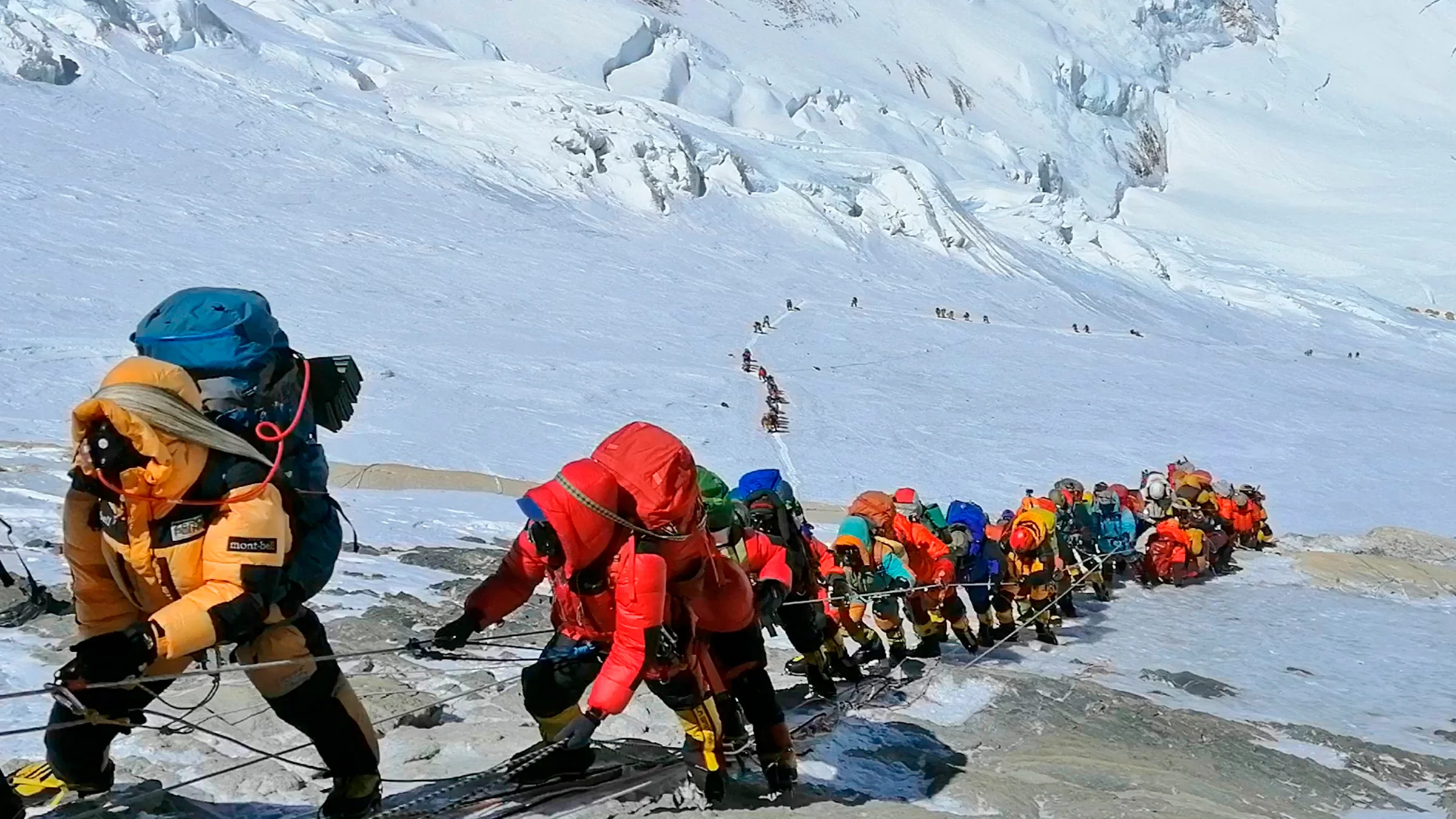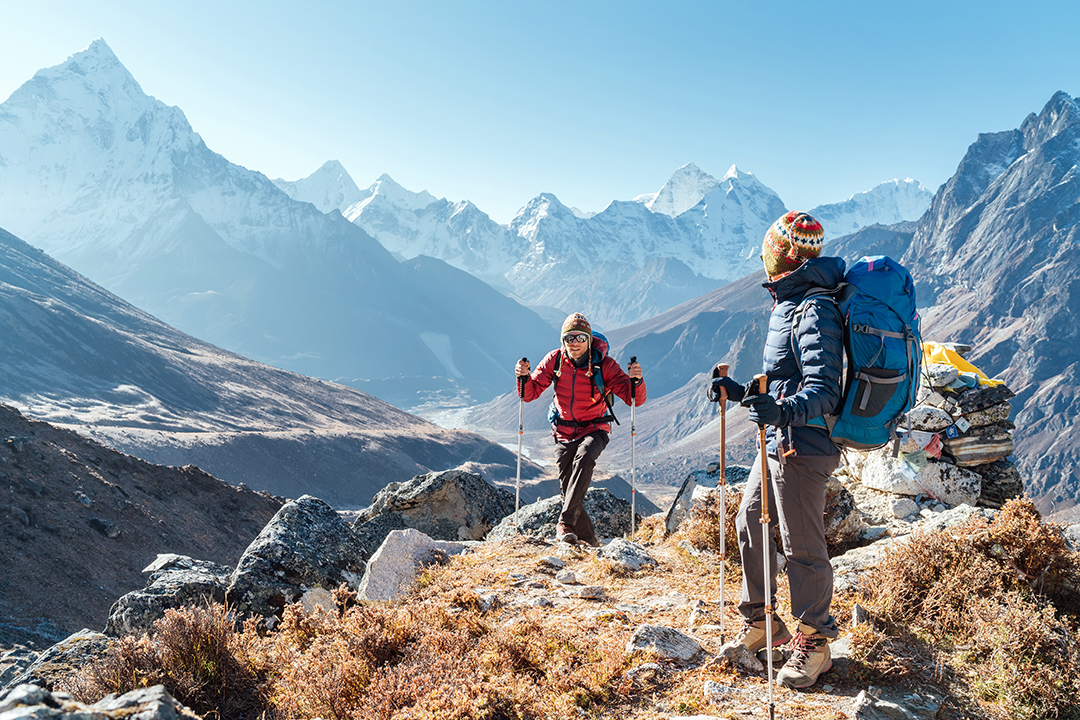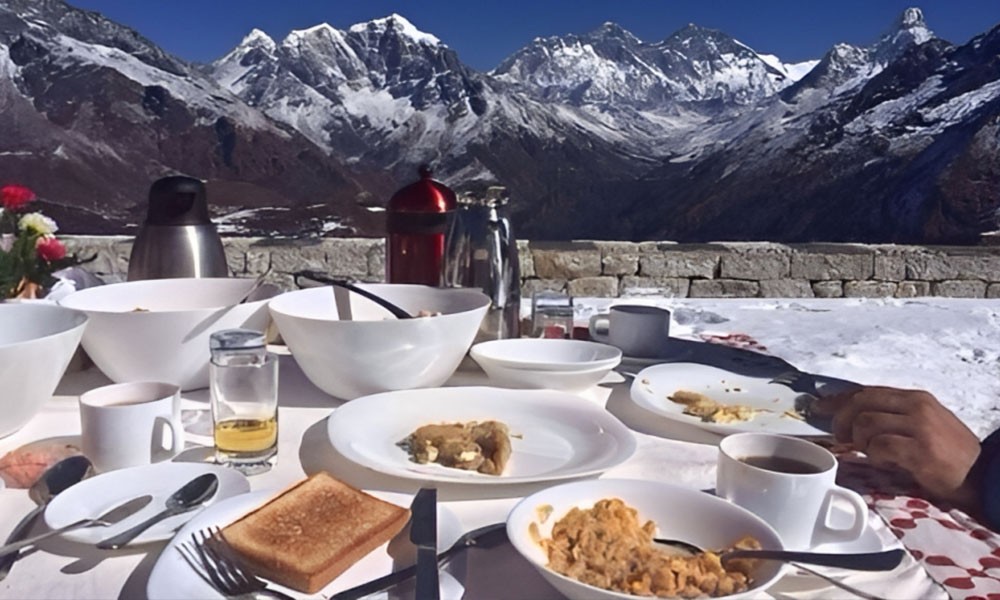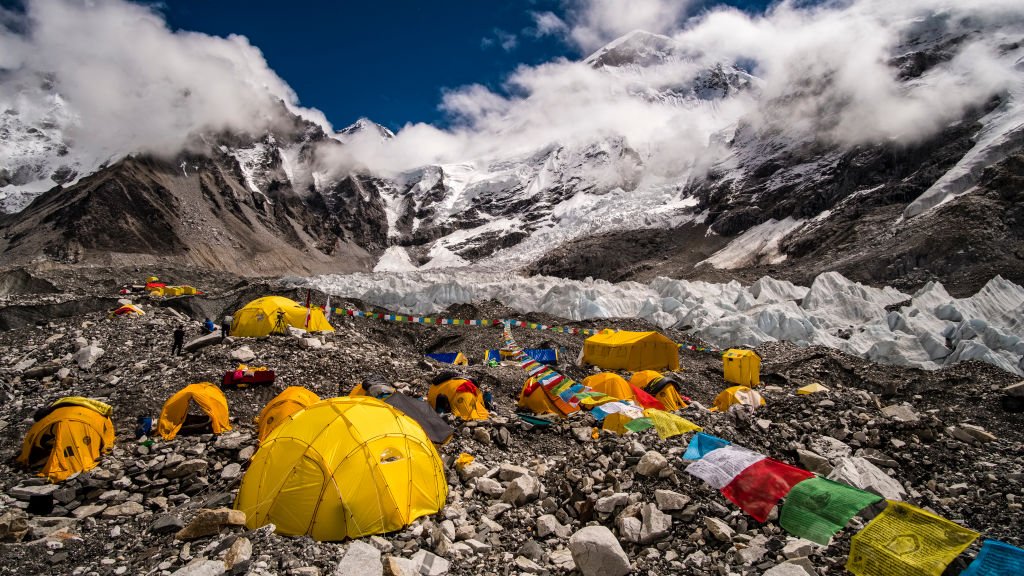
Choosing the Right Time for Your Everest Trek
Weather Conditions
The weather in the Everest region is a major factor in deciding when to trek. The ideal weather conditions are generally found during the pre-monsoon (spring) and post-monsoon (autumn) periods. These seasons offer clear skies, moderate temperatures, and less rainfall. During winter, temperatures can drop drastically, making trekking uncomfortable and even dangerous. Conversely, the monsoon season brings heavy rain, which can make trails slippery and prone to landslides.
Crowd Levels
Timing your trek outside the peak months can help avoid large crowds, especially at popular points like Namche Bazaar and Everest Base Camp. During the pre-monsoon (April-May) and post-monsoon (September-October) seasons, the number of trekkers is higher, while the quieter months of winter or early spring (before April) allow for a more peaceful trek with fewer people along the trail. This can also result in more personalized services from guides and porters.
Local Events and Festivals
If you wish to experience local culture, timing your trek with Nepal’s traditional festivals can be a rewarding choice. Events like the Lhosar (Tibetan New Year) in February or the Dashain festival in October bring vibrant local celebrations to the region, allowing trekkers to witness Sherpa customs, dance, and celebrations. However, note that some remote areas may be harder to access during festival periods due to local closures or celebrations.
Trail Conditions
The best time to trek is also influenced by trail conditions. During the post-monsoon period, trails are clearer, and river crossings are less treacherous compared to the wet months. In winter, snow accumulation can make certain parts of the trail difficult or dangerous, especially at higher altitudes. On the other hand, spring provides fresh vegetation, and the lower altitudes will be in bloom, offering a scenic experience.
Altitude and Health Considerations
Choosing the best time for trekking is also critical to managing altitude sickness. Spring and autumn, with milder temperatures, provide a more comfortable environment for trekkers to acclimatize. Winter treks can expose trekkers to extreme cold, increasing the risk of frostbite and hypothermia, while the heat in the monsoon months may cause dehydration and fatigue.



